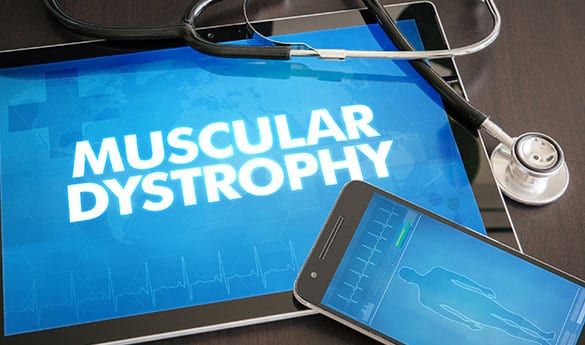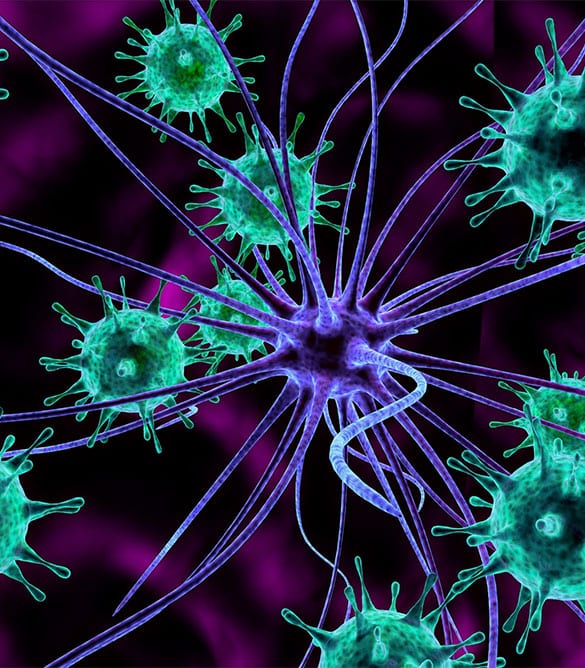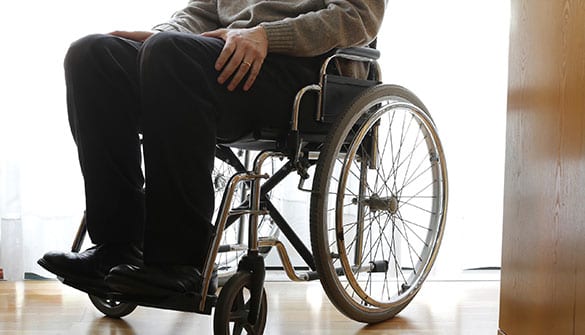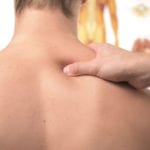
Learn more about Muscular Dystrophy and how LA Orthopedic Group can help.
Muscular dystrophy is a group of degenerative diseases that make the muscles stiffer and weaker. It is caused by a variety genetic defects. There are over thirty kinds of muscular dystrophy and the differences between them depend on the following:
- The genes responsible
- The age of onset
- The muscles affected and speed of progression
CONTACT US TODAY
Types of Muscular Dystrophy
The nine most common forms of muscular dystrophy are the following:
- Duchenne muscular dystrophy, or DMD, is the most common type. Most of the patients are boys, and they typically start showing symptoms between the ages of three and five.
- Becker muscular dystrophy resembles Duchenne, but it has milder symptoms. While it also affects boys, it has a later age of onset between 11 and 25.
- Myotonic muscular dystrophy is the most common type that affects adults. Patients generally develop symptoms in their 20s, and the disease affects women as well as men.
- Oculopharyngeal muscular dystrophy affects the muscles of the shoulders, neck and face, and it can also cause trouble swallowing. It usually starts when a patient is middle-aged.
- Distal muscular dystrophy also mainly develops in middle-aged patients. It affects the muscles of the limbs and extremities.
- Facioscapulohumeral muscular dystrophy affects the shoulders, upper arms and face. The symptoms can develop in patients ranging in age from their teens to their 40s.
- Limb-Girdle muscular dystrophy usually first develops in teenagers and young adults.
- Emery-Dreifuss muscular dystrophy causes heart problems as well as muscle weakness. Most patients are boys who first develop symptoms when they are around ten years old.
- Congenital muscular dystrophy is apparent at birth or develops shortly after.


Symptoms of Muscular Dystrophy
Progressive muscular weakness is the most common symptom of muscular dystrophy. The muscles affected depend on the type of muscular dystrophy. For example, Duchenne muscular dystrophy, which affects about 50 percent of patients, starts in the legs. The patient has trouble running or jumping and they tend fall more often than the average toddler. They also have trouble getting up from a prone or sitting position, and they have a waddling gait.
Myotonic muscular dystrophy starts in the face and neck. The patient can’t relax muscles that had contracted.
Limb-girdle muscular dystrophy starts in the hips and shoulders. Patients tend to trip because they have trouble raising the front part of the foot.
How it’s Treated
There is currently no cure for muscular dystrophy, and the treatment will vary depending on the type and severity of the disease. For example, corticosteroids have been found to temporarily slow the progression of Duchenne muscular dystrophy. They can improve a patient’s symptoms for as long as two years. Corticosteroids are usually taken orally, and the patient generally takes the medicine once a day.
Many patients undergo different types of physical therapy to maintain flexibility and muscular strength. Physical therapy can also help prevent stiff joints. Swimming and other low-impact exercises can help a patient stay mobile and strong.




